Speaking on the Holocaust and 20th century genocides, Mark Gudgel, executive director of the Educators’ Institute for Human Rights, began his March 12 lecture at American Jewish University (AJU) with a declaration.
“Rwanda is not genocide,” said Gudgel, who also teaches literature of the Holocaust at Lincoln Southwest High School in Nebraska. Just like Jews don’t want to be defined by the Holocaust, Rwandans do not want to be defined by the “worst 100 days of their history,” he said. To do so, he said, is to ignore all the positive qualities of the African country — it’s mountainous geography; it’s democratically elected parliament, which has a high percentage of female representatives; its cuisine and unparalleled coffee — and it makes it sound as if nothing had ever happened in Rwanda other than the 1994 genocide. Defining the country by its genocide is one of the biggest mistakes he’s made as a teacher, he said.
Gudgel was one of more than a dozen speakers at a three-day teachers’ forum on March 11-13, an annual event put on by the United States Holocaust Memorial Museum (USHMM) designed to give high-school and middle-school teachers tools to teach the Holocaust and 20th century genocides. It drew nearly 70 educators over the course of the conference, in its 11th consecutive year. Gudgel, who has participated in USHMM’s teacher fellowship program, also has run similar training on behalf of USHMM for teachers in Rwanda and is involved in the museum’s plans to conduct these trainings in Bosnia and Cambodia. USHMM provided fiscal support for the training in Rwanda.
He said he also takes his high-school students to Washington, D.C., to visit the Holocaust museum, and to New York to Ground Zero, Park51 — the Islamic community center nearby — and other locations. The purpose of the trip is to help students deepen their understanding about the Holocaust and terror, he said.
A bonus of taking the kids on the trip, Gudgel told the audience of approximately 50 teachers, including some community college faculty, is that the students come back to Nebraska — where it is universally misunderstood that Park51 is a mosque located at Ground Zero — and can tell others that it’s neither a mosque, nor is it located on the site of the former World Trade Center towers.
During his 90-minute lecture, “Connecting the Dots: The Holocaust and Contemporary Genocide in the Classroom,” Gudgel compared the Holocaust to the 1904 massacre of the Herero people in German South-West Africa (modern-day Namibia), the Armenian genocide in the Ottoman Empire, the Khmer Rouge genocide in Cambodia, the Bosnian ethnic cleansing and the genocide in Darfur. He made connections between the Holocaust and these genocides while adhering to “Avoid Comparisons of Pain” guidelines, one of 15 guidelines that have been developed by the USHMM’s education department for high-school and middle-school teachers. “Avoid Comparisons of Pain” discourages teachers from comparing the experiences of victims and survivors of different genocides, because it reduces their experiences. Instead, Gudgel established thematic connections between the Holocaust and genocides that have taken place before and after it.
For instance, denial is part of the Holocaust narrative. Based on that, Gudgel made a connection between the Holocaust and the Armenian genocide, which the Turkish government officially denies.
California is one of five states where secondary-school teachers must teach the Holocaust in some capacity, and Gudgel’s lecture is designed to prepare L.A.-area teachers for situations in which their students are curious about events beyond the Holocaust and ask questions like: What about what happened to the Armenians? Or, what about what happened in Bosnia?
“Kids come in and say, ‘Hey, did you know this happened?’ And I can lie to them, or we can take it on,” Gudgel said.
Gudgel acknowledged that students have added interest these days in crimes against humanity because of “Kony 2012,” the video about African warlord Joseph Kony that went viral earlier this month.
“It’s become a part of our dialogue, and our students’ dialogue,” Gudgel said.
Other speakers at the conference included Holocaust survivor Peter Feigel; Michael Berenbaum, director of the Sigi Ziering Center for the Study of the Holocaust and Ethics at AJU; John Roth, founding director of Claremont’s Center for the Study of the Holocaust, Genocide, and Human Rights; and Greta Stults, USHMM program coordinator at the National Institute for Holocaust Education; as well as other USHMM representatives and representatives of the Anti-Defamation League, the USC Shoah Foundation Institute for Visual History and Education, Facing History and Ourselves, the Los Angeles Museum of the Holocaust, The Museum of Tolerance and the Jewish Partisans Educational Foundation. It was free for teachers to attend, and schools were reimbursed for the hiring of substitutes.
This was the conference’s first year at AJU.







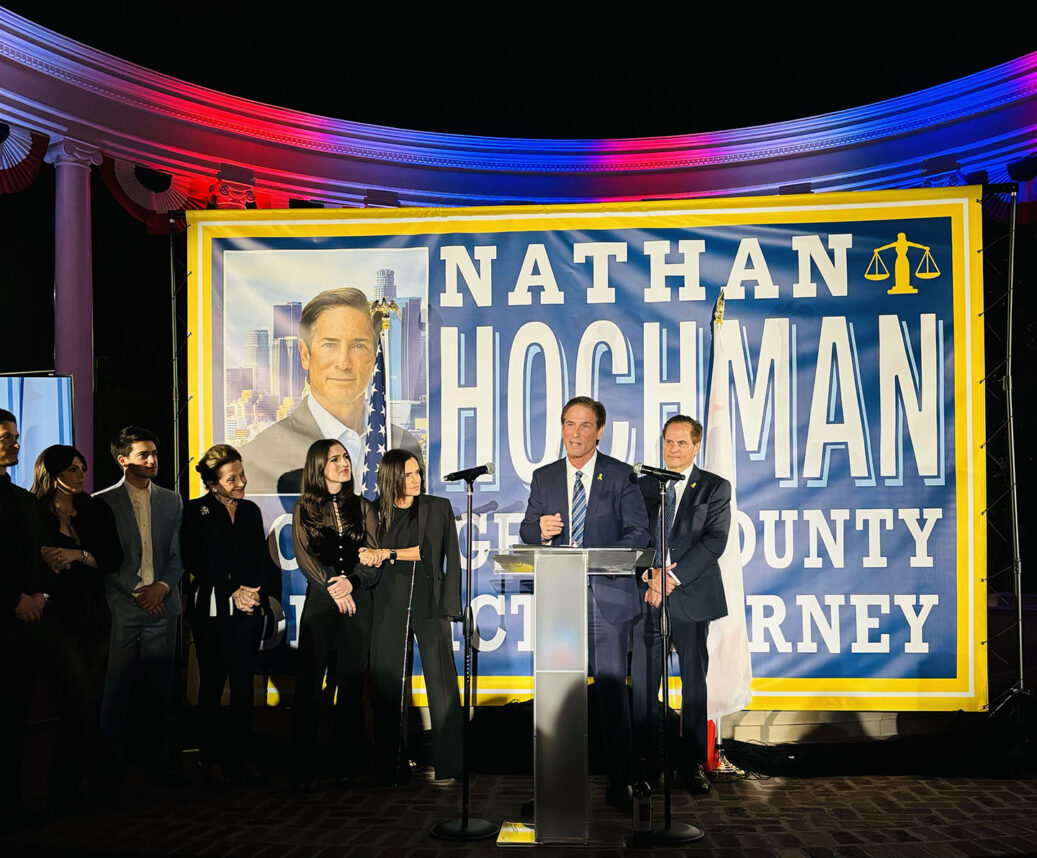
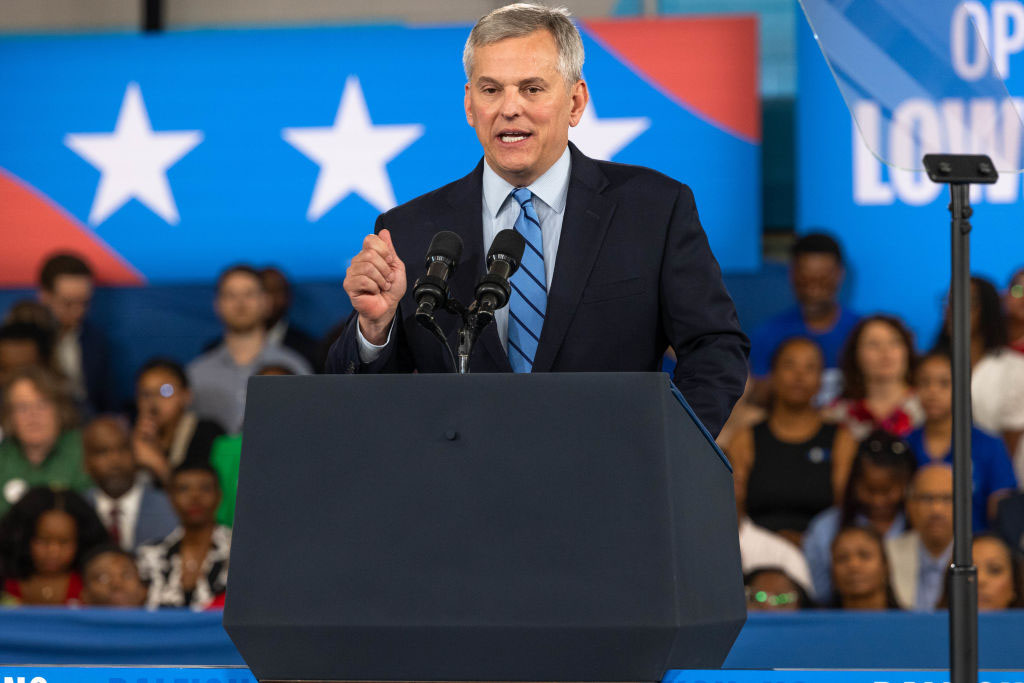
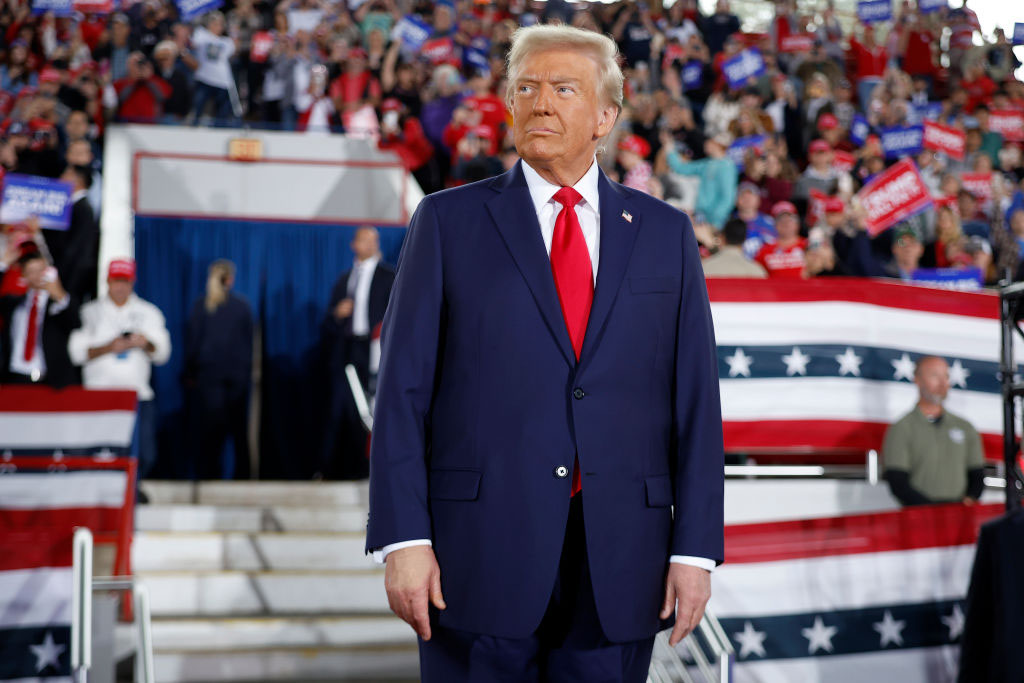

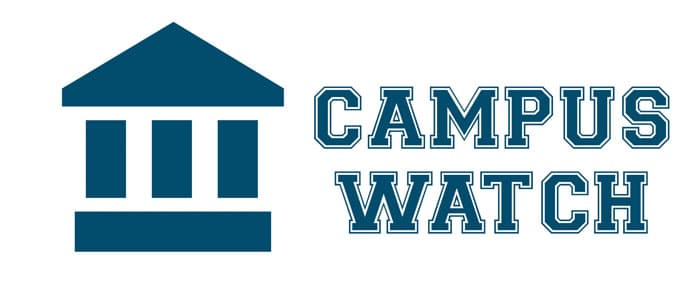


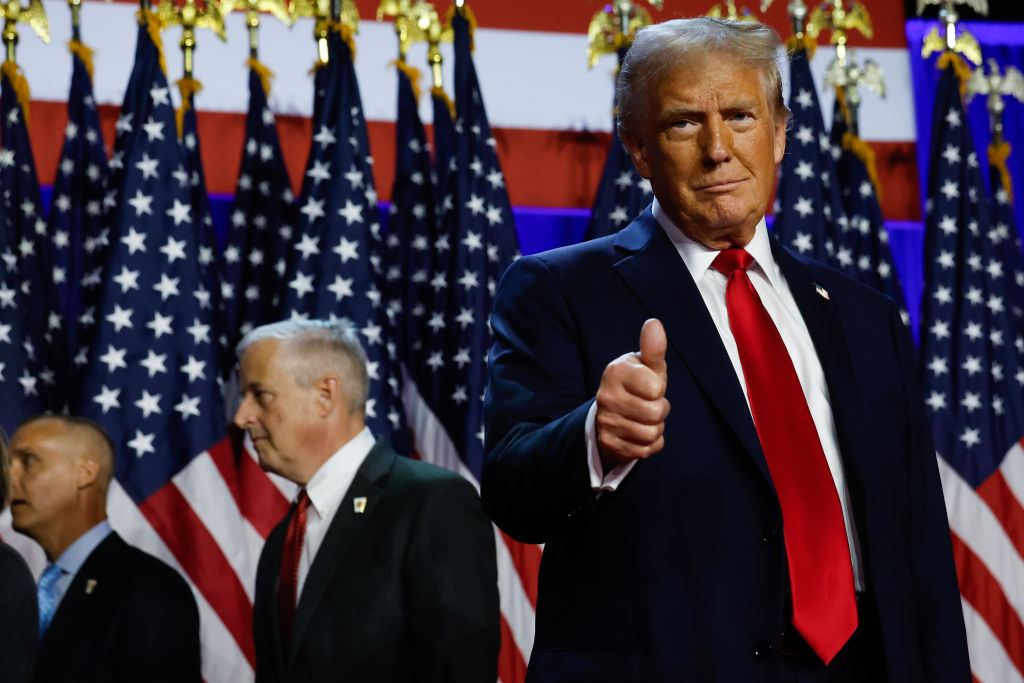
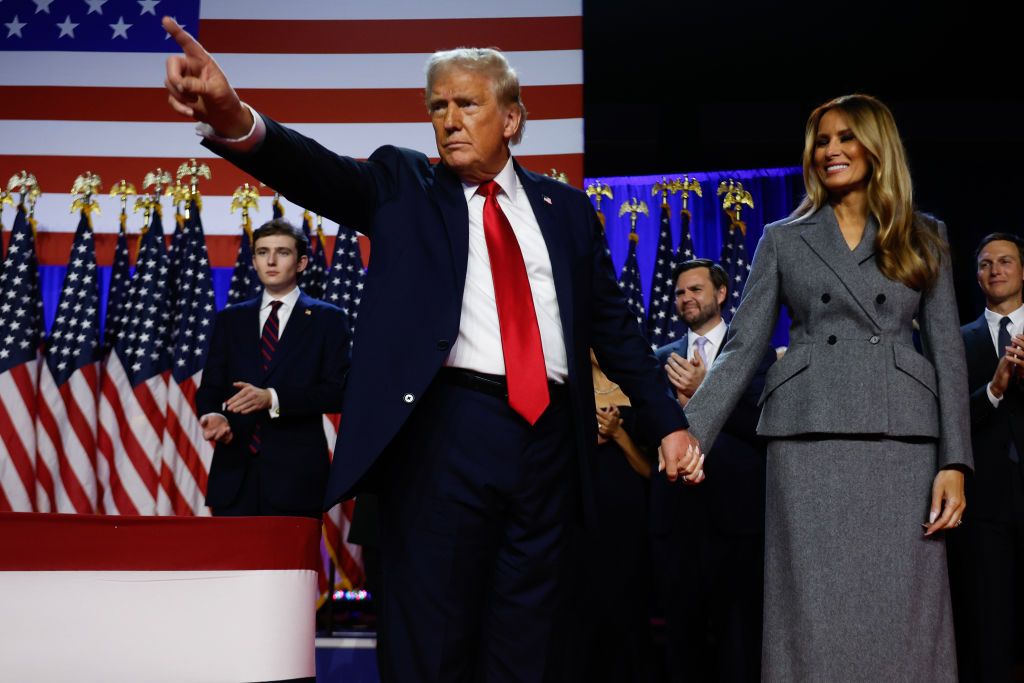

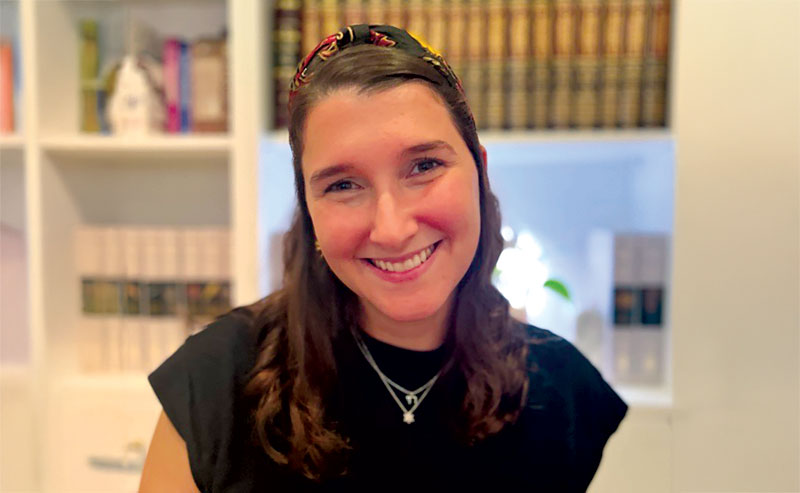



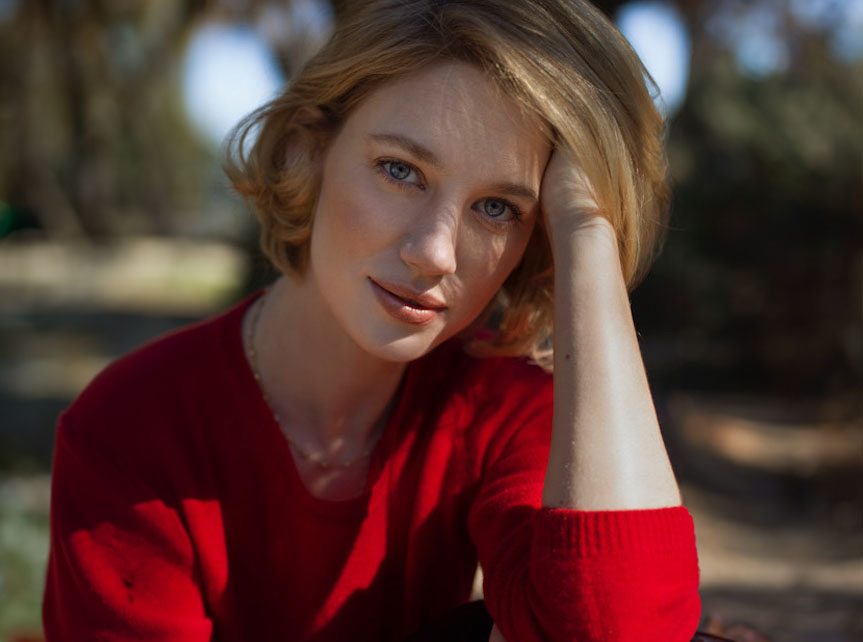
 More news and opinions than at a Shabbat dinner, right in your inbox.
More news and opinions than at a Shabbat dinner, right in your inbox.